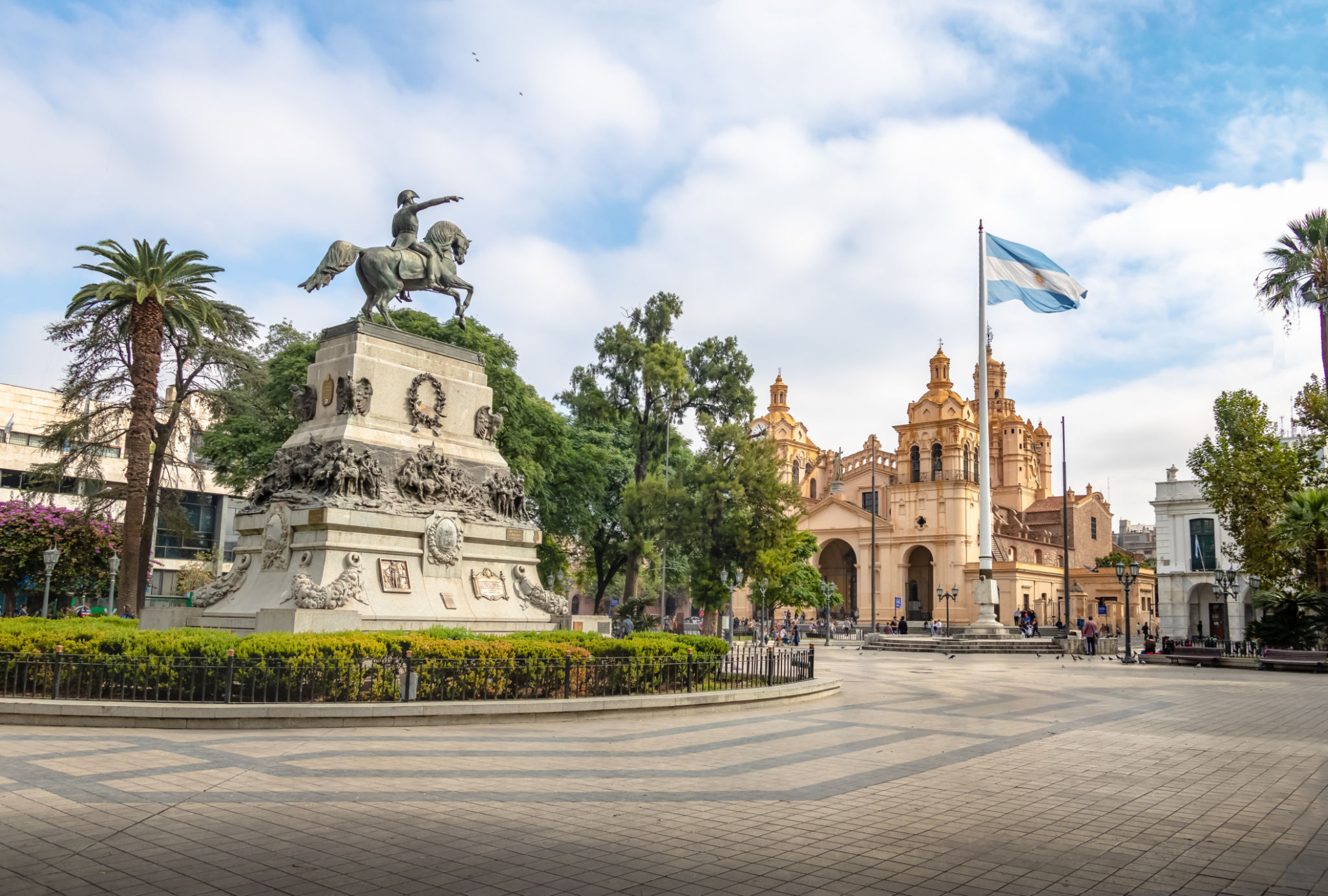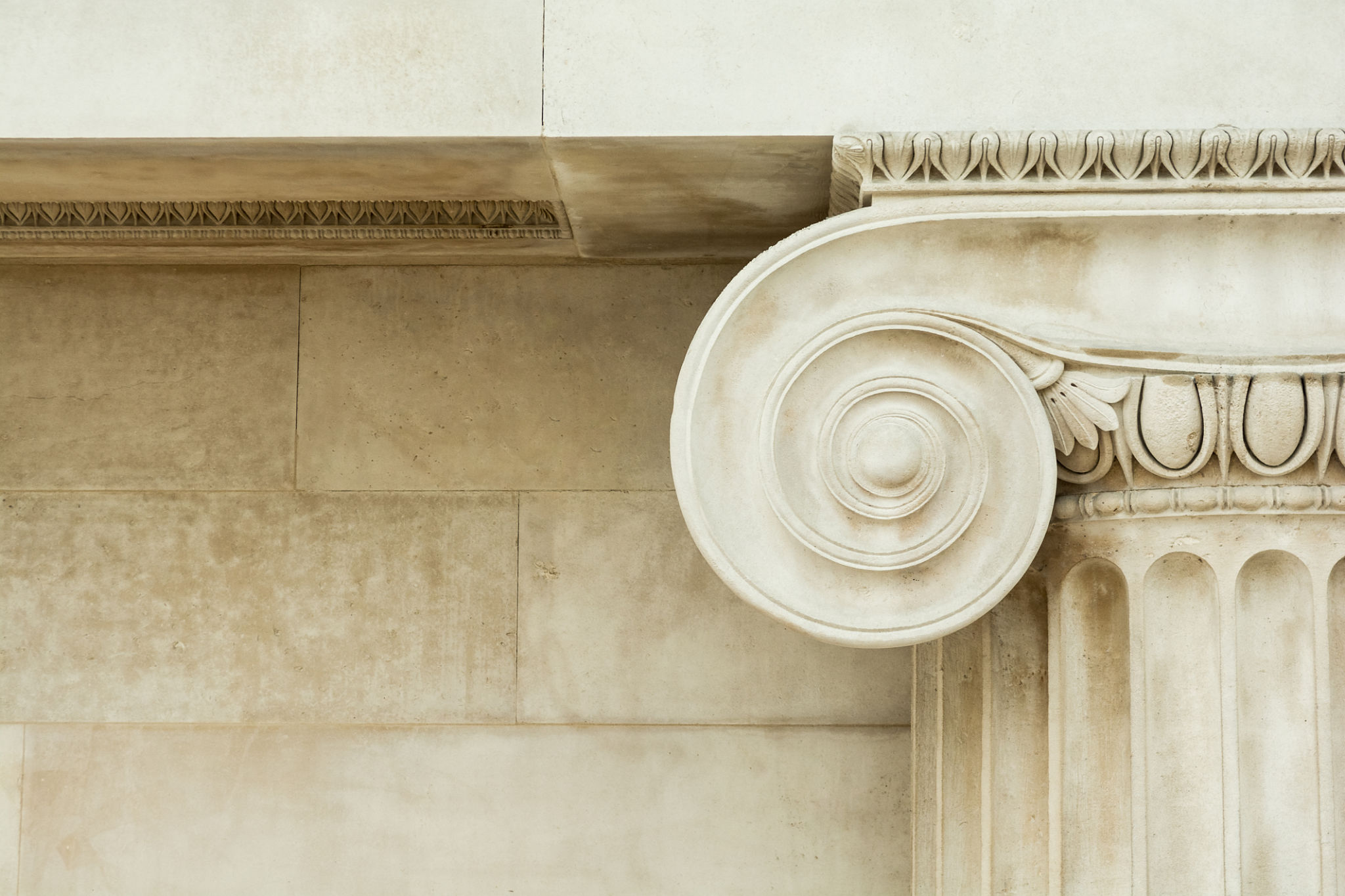Top Trends in Argentine Architecture: Innovations Shaping the Future
Introduction to Argentine Architecture
Argentina, a country rich in cultural heritage and diverse landscapes, is witnessing a remarkable evolution in its architectural landscape. From urban skyscrapers in Buenos Aires to eco-friendly retreats in Patagonia, Argentine architecture is continually pushing the boundaries of design and functionality. This blog post explores the top trends in Argentine architecture that are shaping the future and redefining how people live, work, and interact with their surroundings.

Sustainable and Eco-Friendly Designs
One of the most significant trends in Argentine architecture is the emphasis on sustainability and eco-friendliness. Architects are increasingly incorporating green technologies and materials to reduce environmental impact. This includes the use of solar panels, rainwater harvesting systems, and energy-efficient building materials. These innovations not only contribute to environmental conservation but also enhance the quality of life for inhabitants.
A growing number of residential and commercial projects prioritize green spaces, natural lighting, and ventilation to create harmonious living environments. This trend reflects a global movement towards sustainable living, with Argentina at the forefront of innovative ecological architecture.
Integration of Technology
The integration of modern technology into architectural designs is transforming the construction sector in Argentina. Smart homes equipped with automated systems for lighting, heating, and security are becoming increasingly popular. These technologies offer convenience and energy efficiency, aligning with the broader trend of creating intelligent living spaces.

Furthermore, advancements in building information modeling (BIM) and virtual reality (VR) are revolutionizing the way architects design and construct buildings. These tools enable architects to visualize projects more accurately and streamline construction processes, leading to more efficient and cost-effective outcomes.
Preservation of Cultural Heritage
While innovation is crucial, preserving Argentina's rich architectural heritage remains a priority. This involves restoring historical buildings and incorporating traditional styles into modern designs. By blending old and new elements, architects are creating spaces that honor the past while looking towards the future.
Projects that focus on cultural preservation often involve collaborations between architects, historians, and local communities. This collaborative approach ensures that renovated structures retain their historical significance while meeting contemporary needs.

Adaptive Reuse of Spaces
The adaptive reuse of existing structures is another trend gaining traction in Argentina. Instead of demolishing old buildings, architects are reimagining them for new purposes. This approach not only preserves historical architecture but also contributes to sustainability by reducing waste and conserving resources.
Examples include transforming former industrial sites into vibrant commercial spaces or repurposing old factories into residential lofts. Adaptive reuse projects celebrate Argentina's architectural heritage while breathing new life into urban environments.
Conclusion: The Future of Argentine Architecture
The trends shaping Argentine architecture today reflect a balance between innovation and tradition. With a focus on sustainability, technology integration, cultural preservation, and adaptive reuse, architects are crafting a future where buildings are not only functional but also environmentally responsible and culturally significant.
As Argentina continues to grow and evolve, its architectural landscape will undoubtedly remain a canvas for creativity, pushing the boundaries of what is possible in design and construction. The future of Argentine architecture is bright, promising a harmonious blend of modernity and heritage.